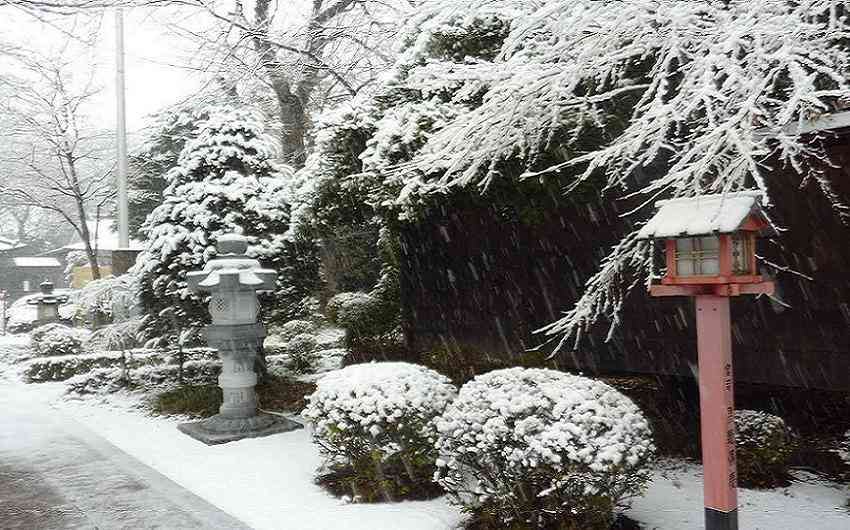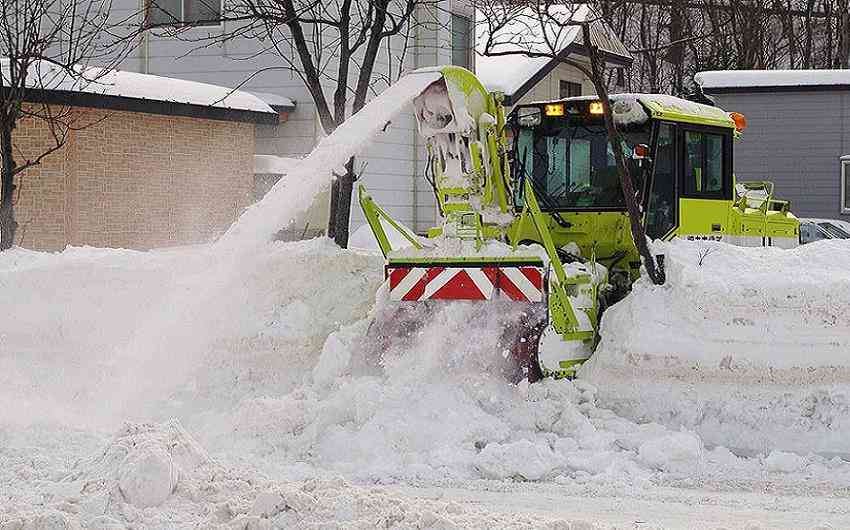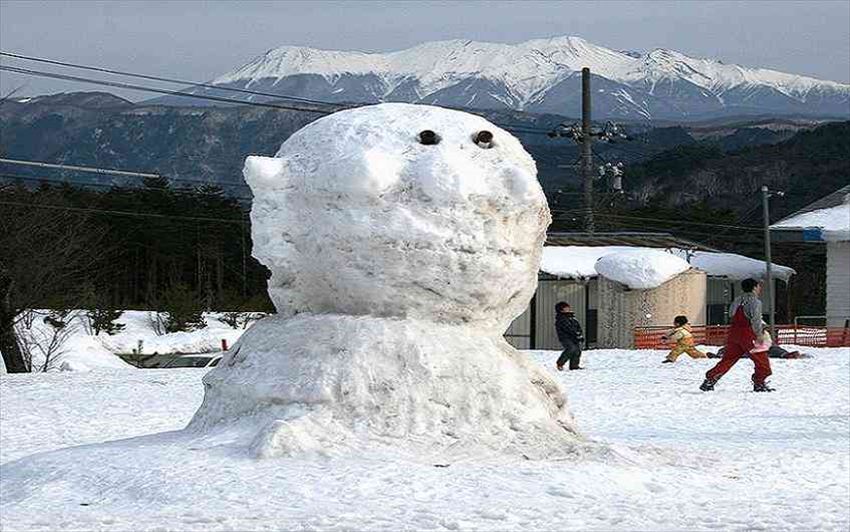
When people from areas with no snowfall visit “snow country”, they often let out cries of surprise just walking through town when they see the world of pure white around them.
While the snow-covered landscape is undoubtedly awe-inspiring and beautiful, people who live in areas with heavy snowfall actually need to take a variety of special steps to ensure their safety.

First of all, snow-clearing is just another part of daily life.
Snow-removing vehicles go out early in the morning to clear snow from roads so people can travel to work or school.
People also often shovel snow from the areas in front of their own homes, so there is a lot of hard work to be done even from the start of the day.
Aside from the snow on the roads, snow accumulated and left alone on the roofs of houses can cause a risk of those houses collapsing from its weight, so many people must climb on their roofs to clear snow as well.
Furthermore, people set up snow barriers called “yuki-kakoi” around their homes allowing them to enter and exit even if snow piles up past the height of their ground floor, and so that the ground-floor doors and windows are not caved in.

But of course, the snow is more than just a source of hardship, and people in “snow country” have many ways to take full advantage of the snow for their enjoyment.
For example, elementary school physical education classes have skiing and sledding as part of their courses, so many children who grow up in “snow country” are excellent skiers.
Snow piled up on athletic fields is also used for making snowmen, snow huts called “kamakura”, or snow slides, and for staging snowball fights.
In addition, the snow can be put to use as an inexpensive way to preserve food or fresh flowers, for cultivating vegetables that can only be grown in cold regions, and even for generating hydroelectric power with the water produced by melted snow.
Residents of “snow country” live out their lives while applying a wealth of unique and specialized knowledge.
Comments